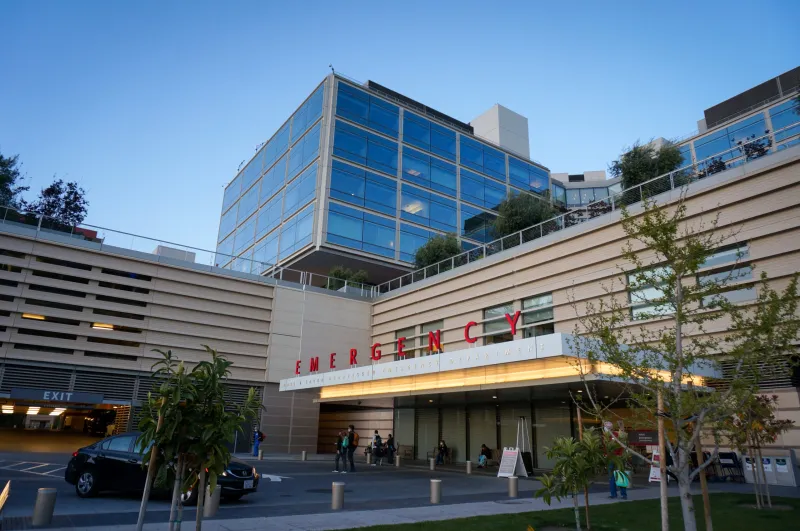Students conducted research on early cancer detection at the Canary Cancer Research Education Summer Training (CREST) program this summer, working under faculty mentors for 10 weeks.
Canary CREST, which is funded by the National Cancer Institute (NCI), offers a unique research experience for a select group of undergraduate students each year. Students from both Stanford and other colleges join one of 10 labs, each focused on a different topic.
Brooke Imamoto, a junior at California Polytechnic State University who interned for radiologist instructor Sharon Hori’s lab, worked with preclinical models to find correlations between biomarker levels and imaging data for tumor growth. She said CREST was a perfect fit.
“I was looking for something really exciting and new,” Imamoto said.
She said it was a great opportunity to learn a wide range of skills, including how to use a bunch of different equipment, how to run different assays to detect protein levels in blood and urine samples as well as how to culture cells and split cells.
The program varies from lab to lab, where smaller ones may focus more on individual projects while larger ones undertake broader collaboration more often. For Imamoto, most days were spent doing hands-on work.
“I’m pretty much all wet lab,” she said. “I go in in the morning, I might check on cell culture … go over and analyze imaging data and then samples.” Her schedule varies based on “the schedules of the cells and the schedule of the mice,” Imamoto said.
Anisa Cole, a sophomore at Prairie View A&M University, worked on an individual project in assistant professor of radiology Gozde Durmus’s lab, which is a part of the radiology and molecular imaging program. She researched exosomes from various types of cancers such as melanoma, breast cancer and cell lines.
“I’ve been working a lot under the cell culture hood, or biosafety cabinet,” Cole said. “I’ve been culturing cells, working with cell media.”
On top of working in a lab, the program also offers events where participants can bond with other members, share their research and even hike the Stanford Dish, “which is kind of a classic thing that Stanford students do,” Imamoto said.
At the end of the program, participants share their research at a symposium. “It was super encouraging to see that people were interested in the work that I had done,” said Maggie Wang, a second-year biomedical informatics Ph.D. student at Stanford who participated in the program in 2019. “It was also great to see what all the other interns were doing.”
Students said the program significantly influenced the way they view research: “This experience has been very eye-opening into all of the really innovative work that’s going on right now in science,” Imamoto said. “I’m getting to see ways in which that I could contribute to research in the future.”
According to Cole, the program was also a great introduction to real, hands-on research.
“You have to be passionate about this stuff to actually enjoy your time here,” she said. “If you’re just here for the resume bullet point, you’re not going to enjoy your time.”
For Wang, the program’s mentorship and encouragement had a long lasting impact even after it ended.
“It helped me develop confidence as an independent researcher,” she said, “just being able to work through problems on my own and realize that I have this capability to be a curious, capable, inquisitive scientist.”
